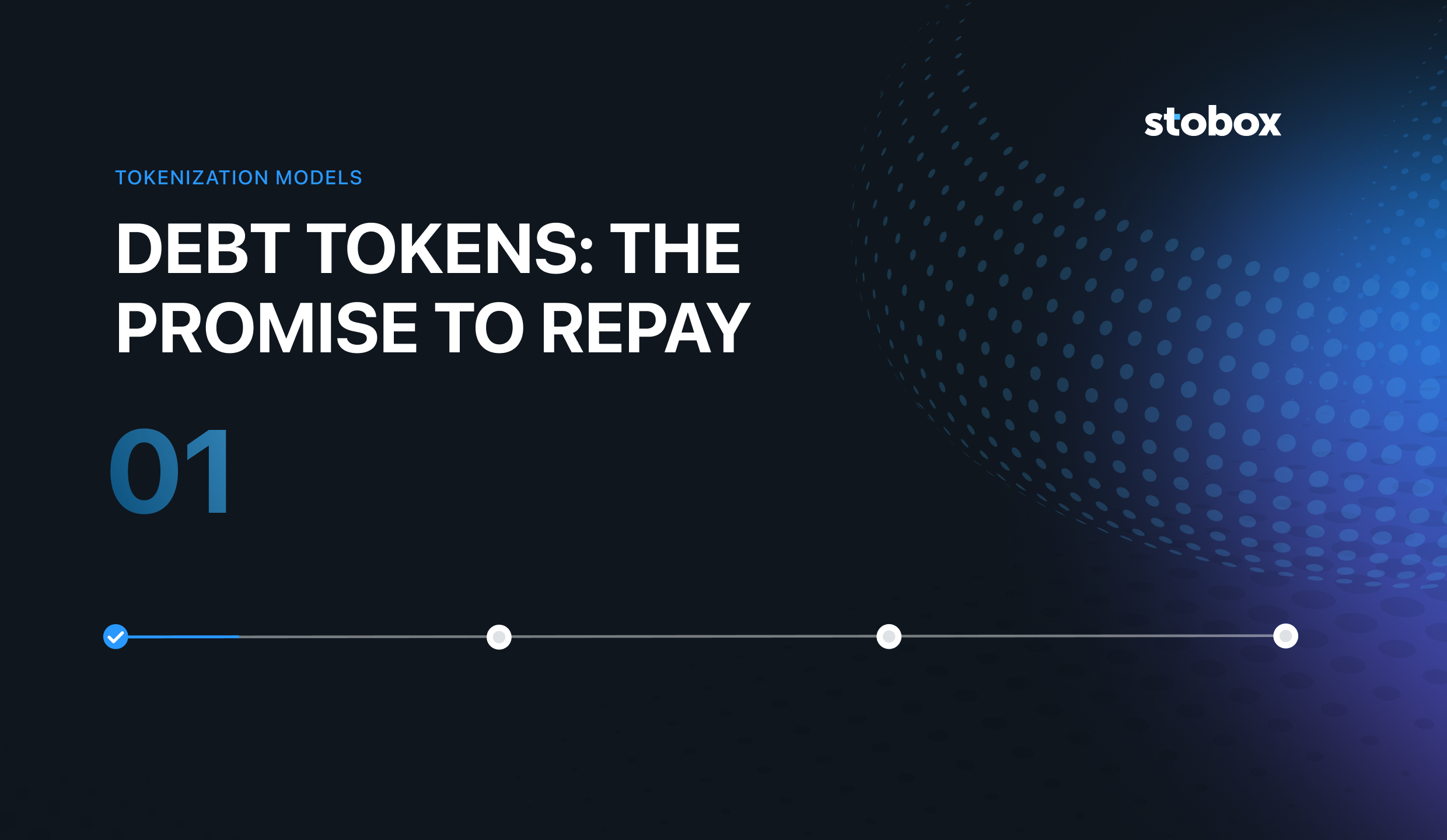Debt Tokens: The Promise to Repay
In the ever-evolving landscape of finance, Debt Tokenization emerges as a cornerstone, bridging the gap between borrowers and investors.

In the ever-evolving landscape of finance, Debt Tokenization emerges as a cornerstone, bridging the gap between borrowers and investors. Let's delve into the intricacies of debt tokens, explore practical examples, and uncover the dynamics of this promising financial model.
Understanding Debt Tokenization
Debt Tokenization involves transforming debt instruments, such as loans or bonds, into digital tokens on a blockchain. These tokens symbolize the borrower's promise to repay funds borrowed from investors, with added interest.
How Does It Work?
When a company or entity decides to tokenize its debt, it converts the debt contract into digital tokens. Investors then acquire these tokens, essentially becoming creditors with a digital record of their investment.
Real-World Example: Company Y Bonds
Consider Company Y, a tech startup in need of capital for research and development. Instead of traditional bank loans, Company Y opts for Debt Tokenization. Investors purchase digital tokens representing the funds lent to Company Y, along with the agreed-upon interest.
Advantages of Debt Tokenization
- Accessibility
Debt tokenization opens up lending opportunities to a global audience, allowing even small investors to participate. - Efficiency
Blockchain technology streamlines the borrowing process, reducing paperwork and administrative complexities associated with traditional loans. - Liquidity
Investors can trade debt tokens on secondary markets, providing liquidity and flexibility in managing their investment portfolio.
Data Insights
While specific data may vary, a study by Digital Asset Research suggests that companies adopting debt tokenization experienced a 15% reduction in borrowing costs compared to traditional financing methods.
Challenges and Considerations
- Regulatory Landscape
Debt tokenization faces regulatory challenges, with authorities working to establish frameworks that ensure investor protection and financial stability. - Smart Contract Security
As debt contracts are encoded in smart contracts, ensuring the security and reliability of these codes is crucial to prevent vulnerabilities and disputes.
Debt Tokenization is poised to revolutionize lending and borrowing, providing a decentralized and efficient alternative to traditional financing methods. As we progress through this exploration of tokenization models, stay tuned for insights into profit-sharing tokens and the evolution of financial paradigms.


